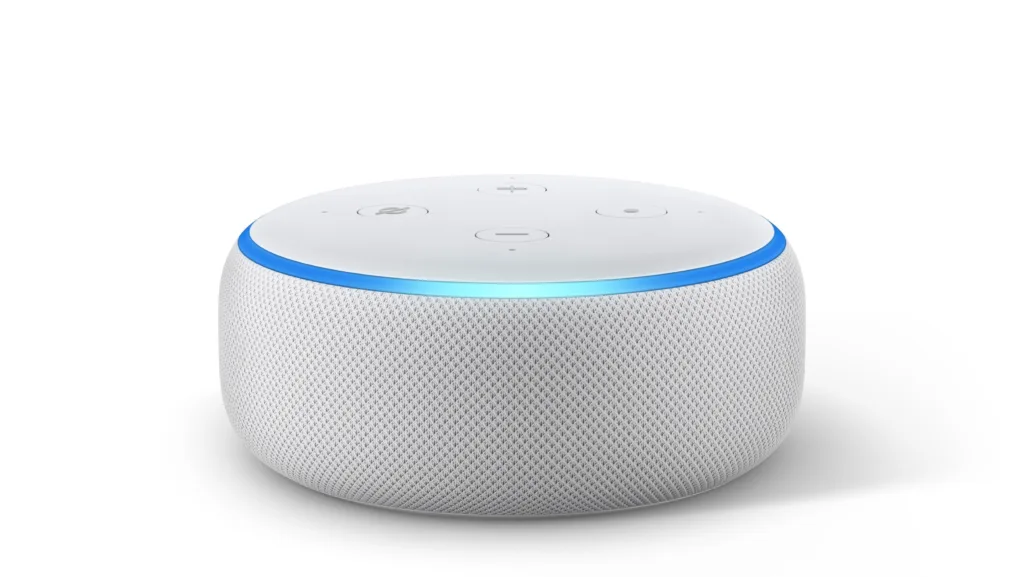Following The World Federation of Advertisers launch of its Voice Coalition, NDA is running a series of articles looking at the future of voice commerce, asking industry experts for their views on its opportunities.
Kerry Bolt, Co-Founder of brand creation and identity agency B&B studio,
The need for a multi-sensorial experience is nothing new in branding and advertising. What we’re seeing with voice technology, however, is the rise of the invisible age as buying with voice-enabled assistance becomes more popular. Brands will need to use their sound as an identifier to cut through the noise — literally.
Sonic branding presents great opportunities, but also challenges as brands have to work hard to stand out through the uniformity created by voice-enabled devices like Alexa and Siri.
As we hear and speak before we see, brand names will become more important than ever, and must truly encompass brand purpose and personality. Just as brands build motion into their visual identities, they will create and take ownership of unique sounds.
The role of words and tone of voice is critical, as brands need to flex verbally across different platforms, telling their stories in an immediate and engaging way.
Brand identities are both visual and verbal, and to master the opportunities created by voice, brands must make sure their verbal identity reflects their unique positioning.
Darin Archer, CMO, Elastic Path
Customers haven’t fully embraced technology like VR/AR, voice commerce and artificial intelligence (AI) yet. That doesn’t mean they’re not valuable investments for brands. It means that brands haven’t convinced customers these technologies provide the convenience and simplicity the Sci-Fi Shopper craves.
Our recent report reveals that voice commerce has a lot of potential for customers and brands alike. While the majority of customers (81%) haven’t even tried using voice technology to make purchases, the early adopters are hooked.
Of the Sci-Fi Shoppers who have used voice technology to make purchases, 22% use it multiple times a week and 21% use it at least weekly. Once customers grow confident and comfortable using voice technology to purchase, voice commerce becomes habitual.
Gaining the required level of comfort for adoption of voice commerce remains a challenge for brands. When asked why they wouldn’t use a device like an Amazon Alexa or Google Home to make a purchase, 37% of respondents say there are too many errors or miscommunications when purchasing.
Another 11% say they wouldn’t use these kinds of devices because they don’t trust the device to make the correct purchase. This emphasises the need for refined experiences customers can trust to get the job done.
Kevin Murray, Managing Director of Greenlight Commerce.
As voice search becomes more sophisticated, the role and scope of voice assistants will only continue to grow, however this is not without scepticism. Voice search in retail requires a degree of specificity in order to be a relevant and efficient way for a shopper to hunt for a product or service.
Voice shopping can work effectively if the consumer knows what they are looking for and knows how to ask for it in such a way that a database can find it. Customers are more likely to buy low value, everyday items because the risk factor is minimised as the items can be regularly replaced, and do not require long deliberation.
However, it’s harder to see how voice is going to take off for shoppers who are browsing for products such as big-ticket items or holidays where visual images are so important.
At Greenlight Commerce, voice search is not something we think is relevant to most businesses yet – as exciting as it may seem. We advocate focusing on getting the basics absolutely right first, rather than rushing into adopting the latest cutting edge technology.
Retailers need to understand their customer pain points and evaluate which solutions will deliver the highest ROI.








